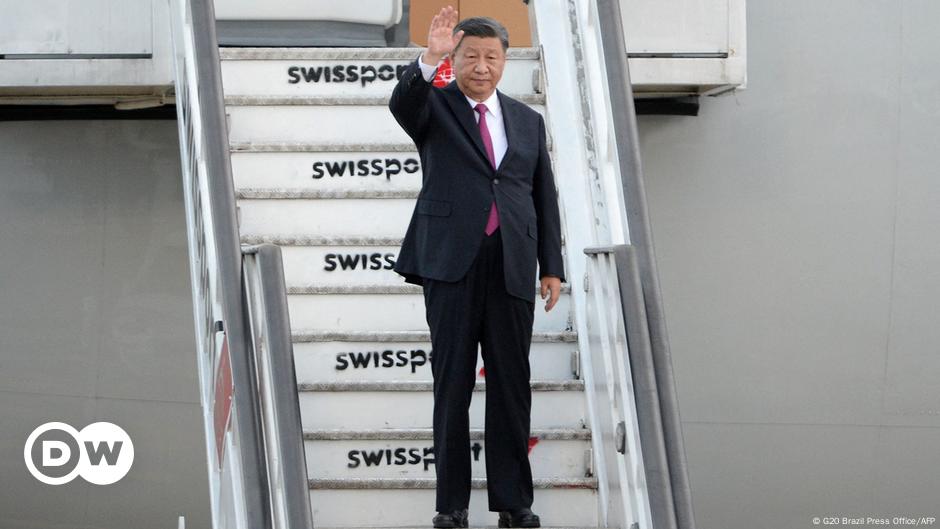Malaysia is spearheading an ambitious plan to create a high-speed pan-Asian rail network. Transport Minister Anthony Loke envisions this project as a vital alternative to maritime routes, especially given rising tensions in the South China Sea.
The proposed rail link would connect Malaysia to China through neighboring countries, potentially reducing travel time for goods from 14-21 days by sea to just 8 days by train.
This efficiency could significantly impact regional supply chains and economic integration. While the concept isn’t new, having been first proposed in 1995, its revival comes at a crucial time.
With global trade patterns shifting and geopolitical tensions increasing, the need for diverse transportation options has never been more pressing.
The project faces substantial challenges, including high costs and the need for regional cooperation. Malaysia‘s East Coast Rail Link alone is estimated to cost 50 billion ringgit (US$10.6 billion).
 Malaysia’s Rail Gambit: A New Trade Route to Bypass South China Sea Tensions. (Photo Internet reproduction)
Malaysia’s Rail Gambit: A New Trade Route to Bypass South China Sea Tensions. (Photo Internet reproduction)However, the potential benefits could outweigh these obstacles. Malaysia’s leadership in this initiative stems from its strategic location and strong economic ties with China.
Bilateral trade between the two countries reached nearly US$200 billion last year, underscoring the potential economic impact of improved connectivity.
A Geopolitical and Economic Game-Changer
The rail network could also have far-reaching geopolitical implications. By offering an alternative to sea routes through the disputed South China Sea, it could potentially ease regional tensions and provide a more stable trade environment.
As Malaysia prepares to chair ASEAN in 2025, this project could become a centerpiece of its agenda for regional integration. Loke hopes to convince other ASEAN members that greater integration will enhance the bloc’s collective bargaining power.
This initiative reflects a broader trend toward regional cooperation in Southeast Asia. As global trade dynamics evolve, countries in the region are seeking ways to strengthen their economic ties and resilience.
The success of this pan-Asian rail network could transform the economic landscape of Southeast Asia, bolstering its position in the global economy.
While the path to realization is complex, the potential rewards make this a story worth following for anyone interested in the future of global trade and regional cooperation.

 By The Rio Times | Created at 2024-11-20 20:49:14 | Updated at 2024-11-25 02:20:41
4 days ago
By The Rio Times | Created at 2024-11-20 20:49:14 | Updated at 2024-11-25 02:20:41
4 days ago








